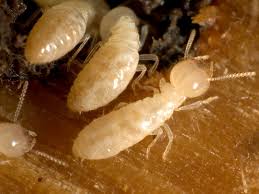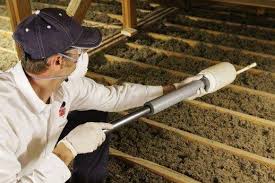
Termite Control Rates Fundamentals Explained
Schedorhinotermes intermedius is your second termite according to ABIS. Workers build a plaster-like layer over their areas to safeguard themselves from the environment.
Schedorhinotermes intermedius occurs mainly in coastal regions by SE Queensland to south of Sydney. There Are Lots of closely related species that occur in distinct areas of Australia: S. actuosus, S. breinli, S. derosus, S. seclusus, S. reticulatus (See the Pa DIL Australian Biosecurity website for more details)
Fumigatus live in small colonies, nesting in the floor and on wood. They feed like decking boards. They don't attack sound timber in conditions.
The soldiers are smaller than the workers, having a body up to 4mm long. The head is light orange and nasute (pointed snout).
The Termite Control Rates PDFs
Walkeri feeds on decayed and weathered hardwood timber in conditions or in contact with the soil. It nests with tunnels linking to the floor where there's fire or decay damage and assembles ball-shaped nests higher up in fire-damaged trees, in root crowns. Subterranean tunnels radiate out through the ground from the tree. .
Soldiers are smaller than workers. Their body length is 5-7mm, the largest of the Nasutitermes species. The head is orange and nasute (pointed snout).
Walker occurs in Queensland and New South Wales in coastal areas and the Murray-Darling basin.
ENTFACT-60 4: Termite Control: Answers for Homeowners   Download PDF  from Michael F. Potter, Extension Entomologist University of Kentucky College of Agriculture The University of Kentuckys Entomology Department receives many calls about termites. Subterranean (soil-dwelling) termites are serious pests of buildings and typically warrant attention by a professional. Termite control can be confusing and homeowners have many questions.
What Does Termite Control Products Bunning's Mean?
NOTE: Answers given in this publication are based on conditions in Kentucky. However, remedies and termites sometimes vary with locale, which means you might need to consult with your regional cooperative extension service about recommendations for your region. Q: Why worry about termites A: Termites cause billions of dollars in damage every year in the U.S.
Termites can injure shrubs and our website trees, but often are a secondary invader of plants in decline. They are particularly important when buying or selling a home is normally a condition of sale, while buildings may be infested by termites at any moment. Thousands of winged termites emerging inside one's house are an emotionally stressful experience and of course that the idea of termites feasting on the biggest investment.
1: Termites are effective at resisting costly damage.  Q: Why are infestations often found in the spring A: Spring typically is when large numbers of winged termites, called"swarmers," emerge inside homes. Basically, termites swarm to disperse and begin new colonies. Triggered by warmer temperatures and rain, the winged termites fly in the atmosphere and then emerge from the colony.

Termite Control Rates Things To Know Before You Buy
People often confuse winged termites. Termites have a waist, straight antennae, and wings of equal dimensions. Conversely, ants have elbowed antennae, constricted waists. Fig. 3:Â Termite swarmers are usually confused with winged ants.
Out aren't necessarily cause for concern, and do not automatically indicate the home is infested. On the other hand, if swarmers are appearing alongside the foundation or from abutting porches or patios, there's a fantastic chance. Other signs of infestation are earthen mud tubes extending over foundation walls, support piers, sill plates, floor joists, etc..
As they travel between their subterranean colonies and the arrangement termites construct the tubes for refuge. To help determine if an infestation is busy, the tubes may be broken open and checked for the presence of small worker termites. It does not automatically mean that the infestation is dormant, if a tube occurs to be vacant; while foraging elsewhere in the structure termites abandon sections of tube.